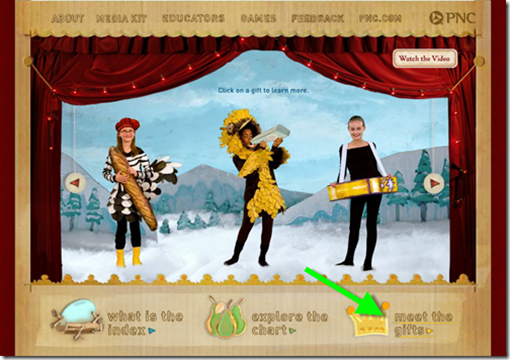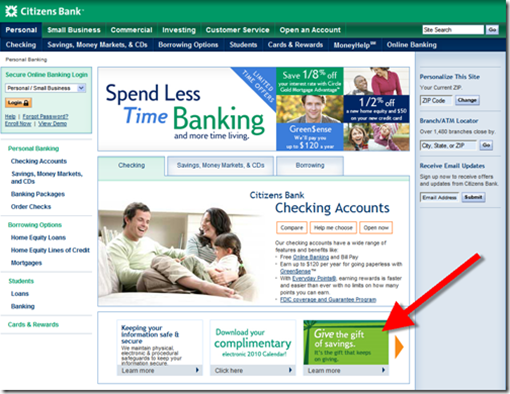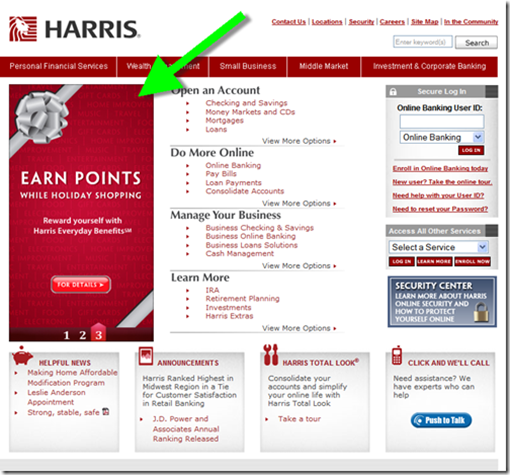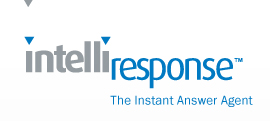 I was so enamored with ING Direct’s Black Friday mortgage special, 5 years at 3.75%, that I applied online that day (Nov. 27) and have been going through the mortgage refi process for the past month. To determine how the loan is progressing, applicants may call a toll-free number or check their loan status online. While the online option is a little hard to find, it’s convenient, at least in the early stages of the process.
I was so enamored with ING Direct’s Black Friday mortgage special, 5 years at 3.75%, that I applied online that day (Nov. 27) and have been going through the mortgage refi process for the past month. To determine how the loan is progressing, applicants may call a toll-free number or check their loan status online. While the online option is a little hard to find, it’s convenient, at least in the early stages of the process.
The loan-status feature is buried in the Open an Account page at the bank’s main website (see screenshot #1, below). Applicants log in with their customer number and last four digits of their social-security number (screenshot #2). The bank recaps the loan info and displays a quick checklist of the major steps in the process (screenshot #3):
- Application submit date
- Preliminary decision date
- Document ship date
- Loan offer acceptance
- Documents received
- Home appraisal completed
- Title search completed
- Closing date scheduled
The popup also contains a handy link to an FAQ explaining all these items, but it is missing a logout button.
Analysis: ING Direct’s online loan status is an important customer convenience. It worked great during the first few weeks while the important milestones were being reached. But now at the end of the process, I’m still left wondering what’s going on. There is one orange ball left uncompleted on the list, the all-important closing date. So 32 days after I applied, I still don’t know whether underwriting has signed off on the income verification, appraisal, and title search, all very real concerns for customers these days.
The bank has sent only one email during the application process, a short message on Dec. 22, confirming that all the documents have been received. Given that my 30-day lock period expired over the weekend, the bank definitely needs to improve the frequency and timeliness of its communications.
Overall, it’s a respectable effort, but not up to the high levels of online support I expect from ING Direct.
Grades: B for the loan-status tool; B- for location, and C- for proactive customer communications
1. ING Direct applicants must find the tiny link on the Open an Account page (link; 29 Dec 2009)
2. Popup loan status login screen
3. Loan status popup





![image_thumb[7]](http://s3.amazonaws.com/finovate-archive/old/WindowsLiveWriter/7cb11ef65bb9_97C7/image_thumb%5B7%5D_thumb.png)







![image_thumb[6]](http://s3.amazonaws.com/finovate-archive/old/WindowsLiveWriter/7cb11ef65bb9_97C7/image_thumb%5B6%5D_thumb.png)





























